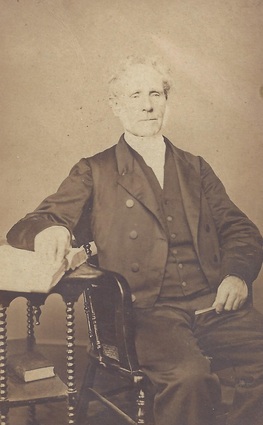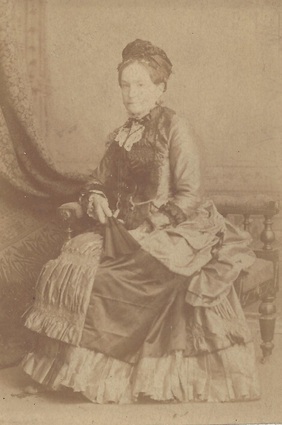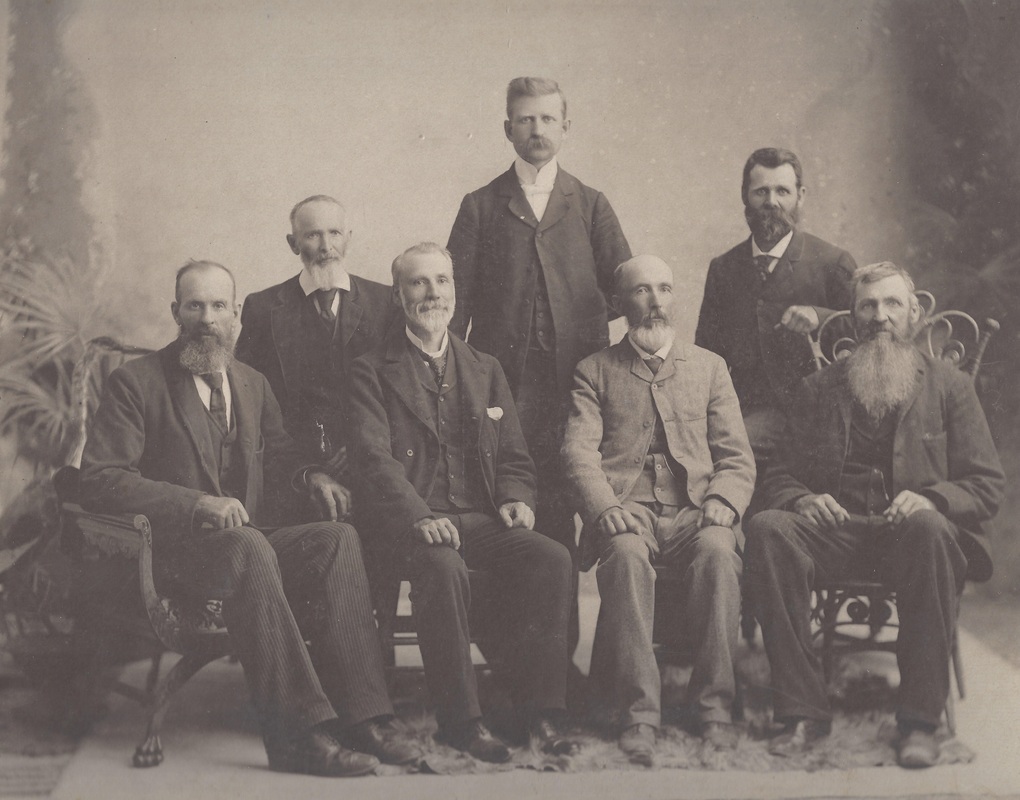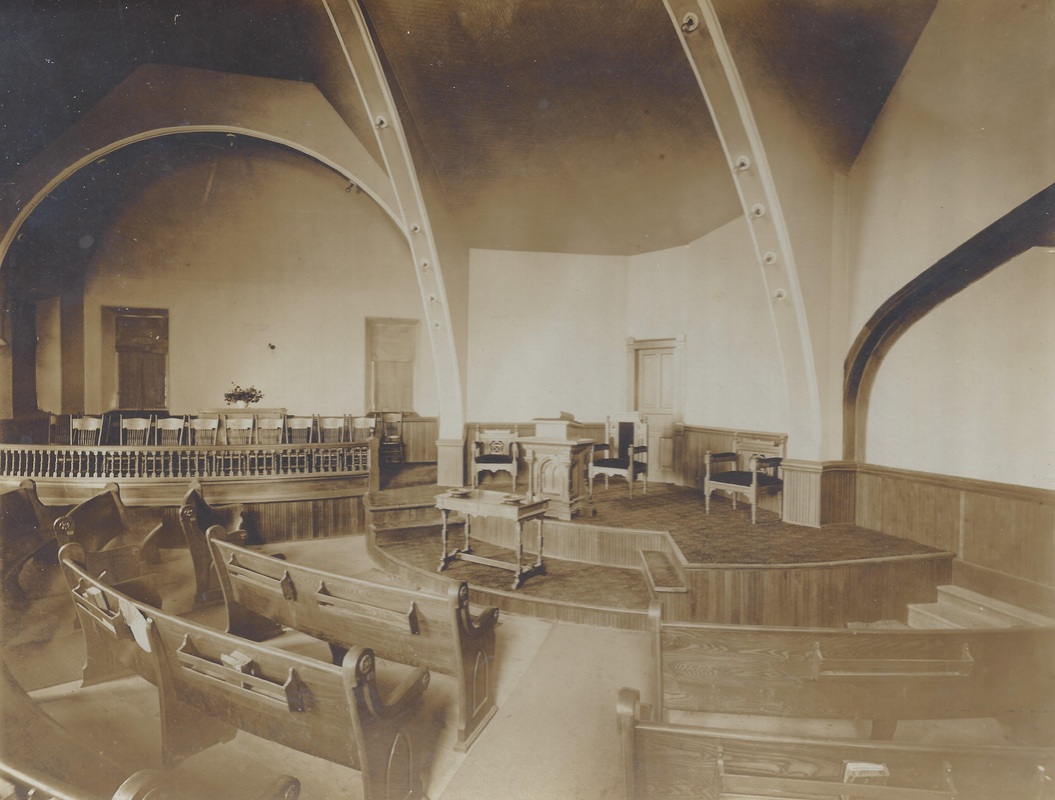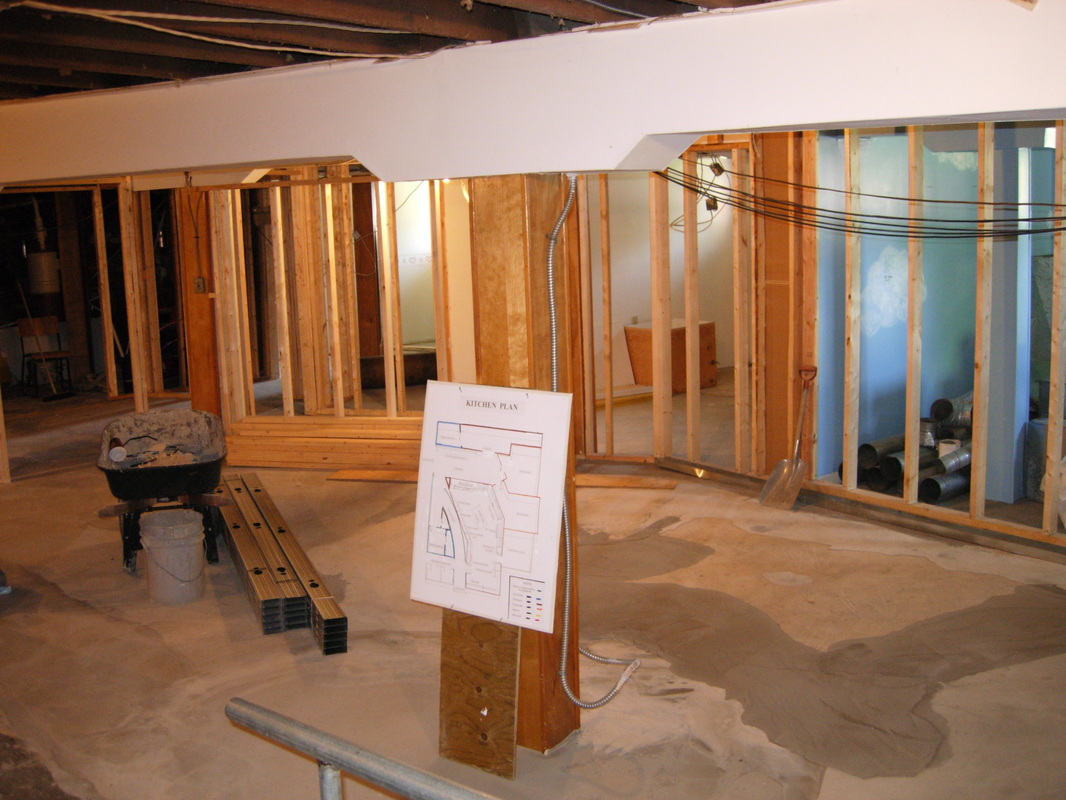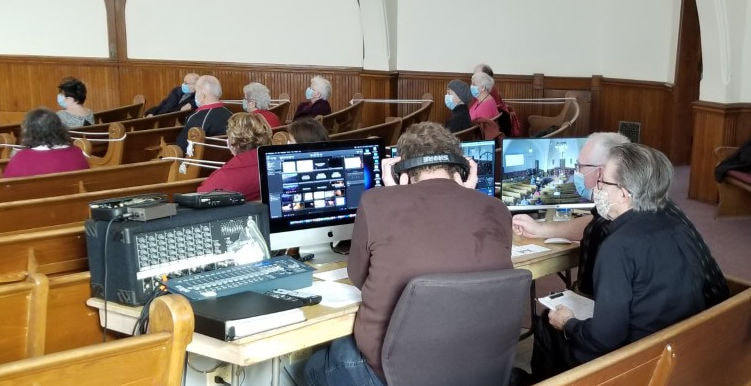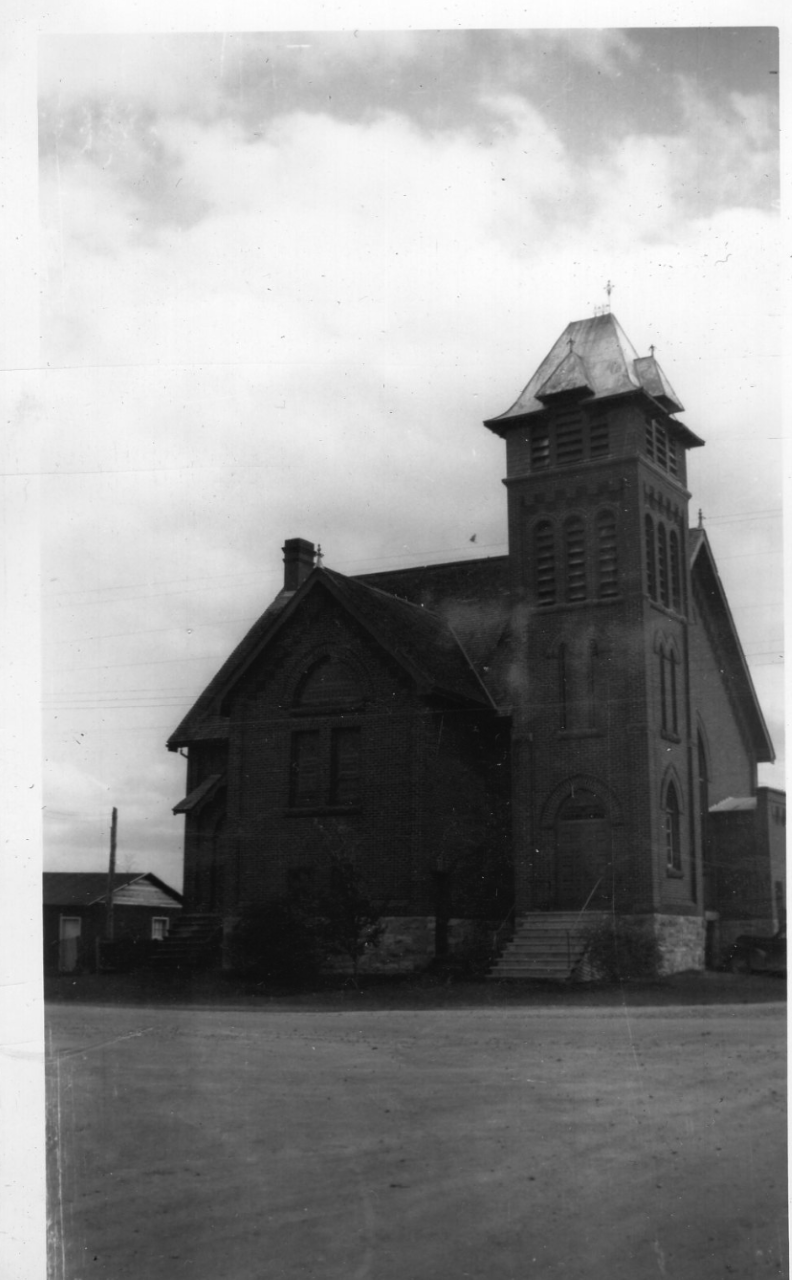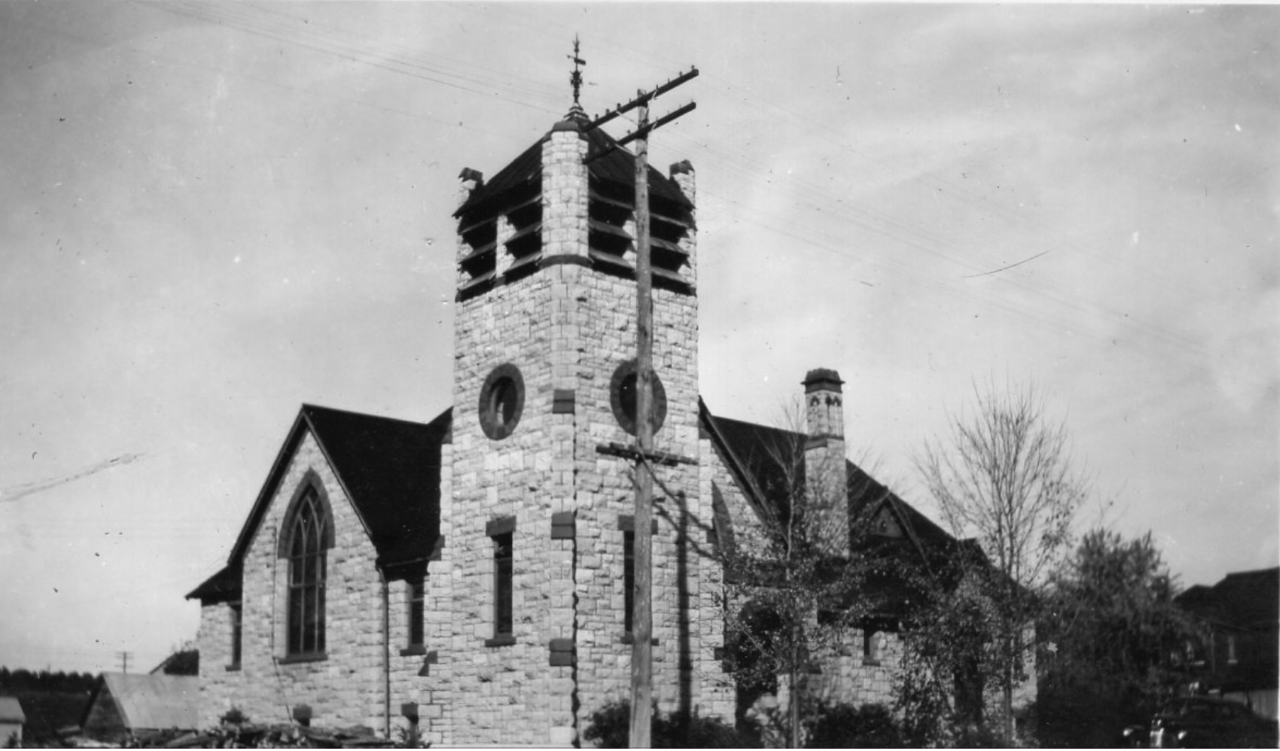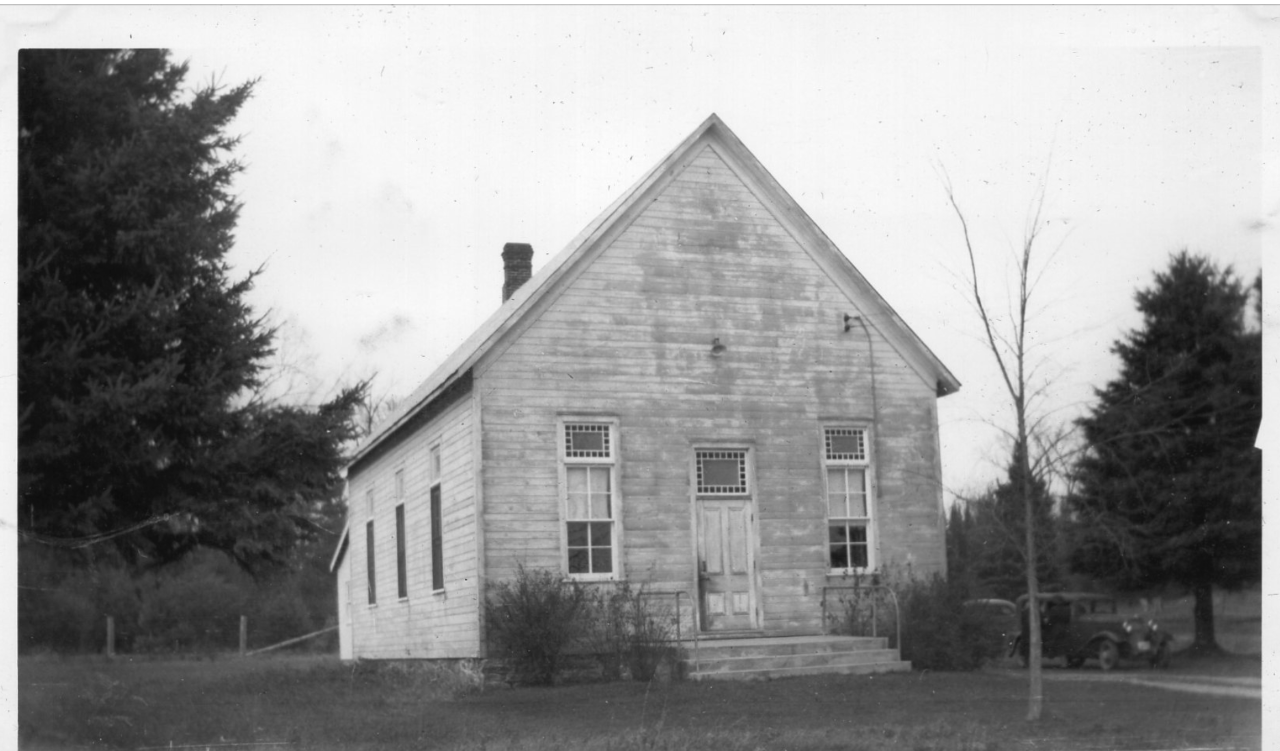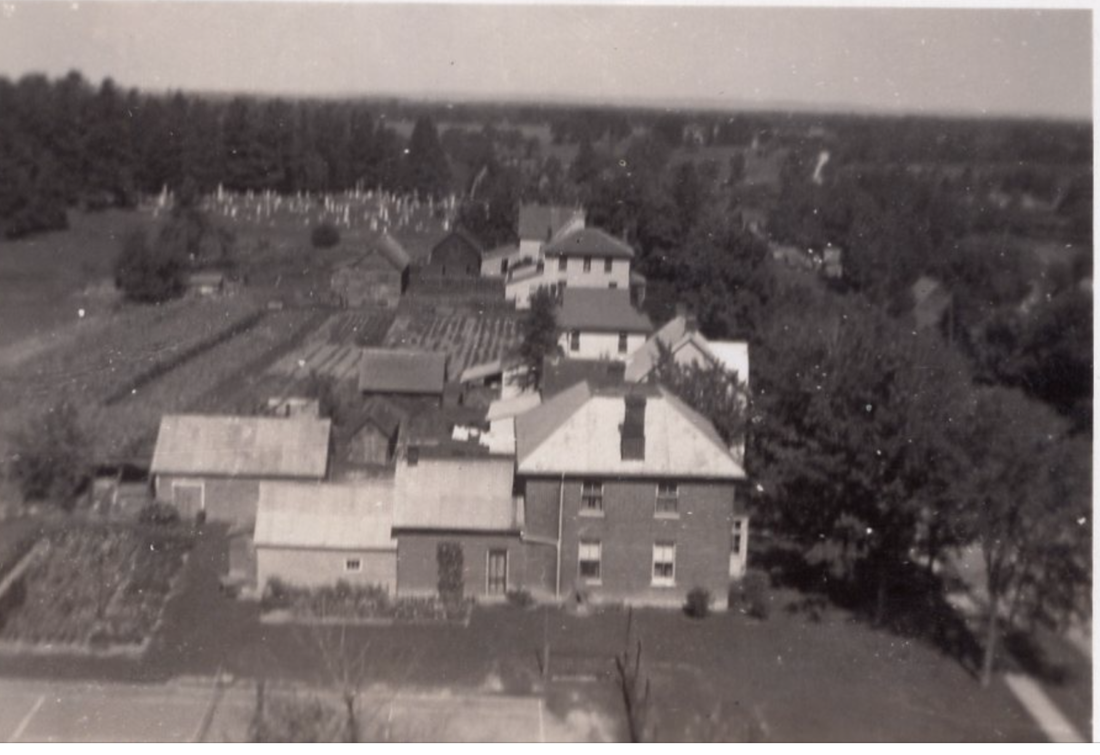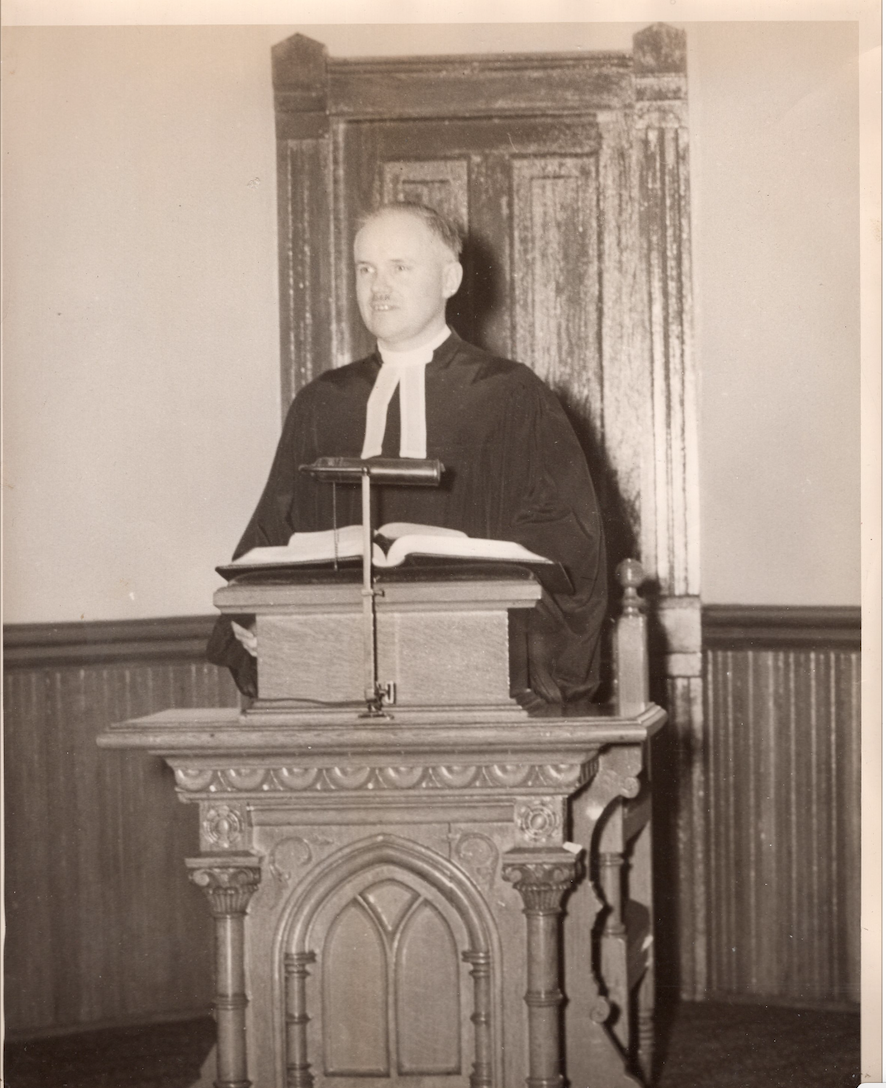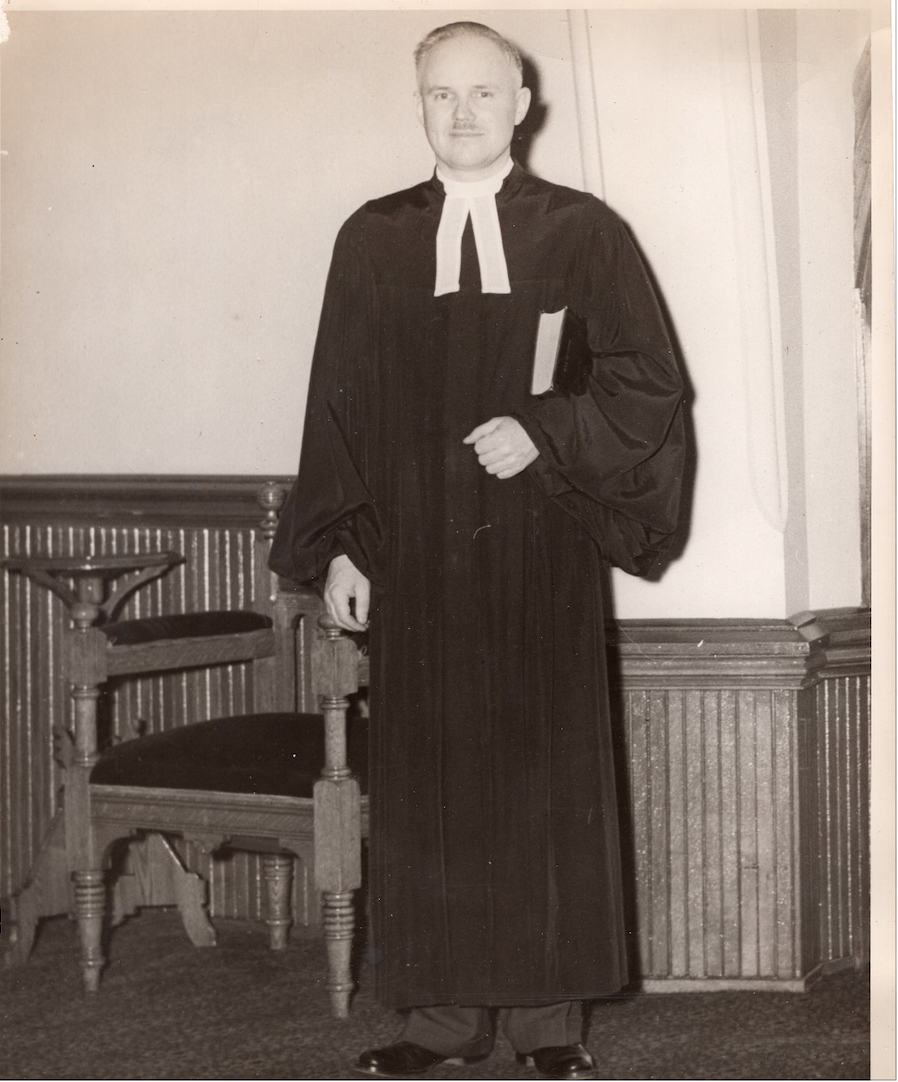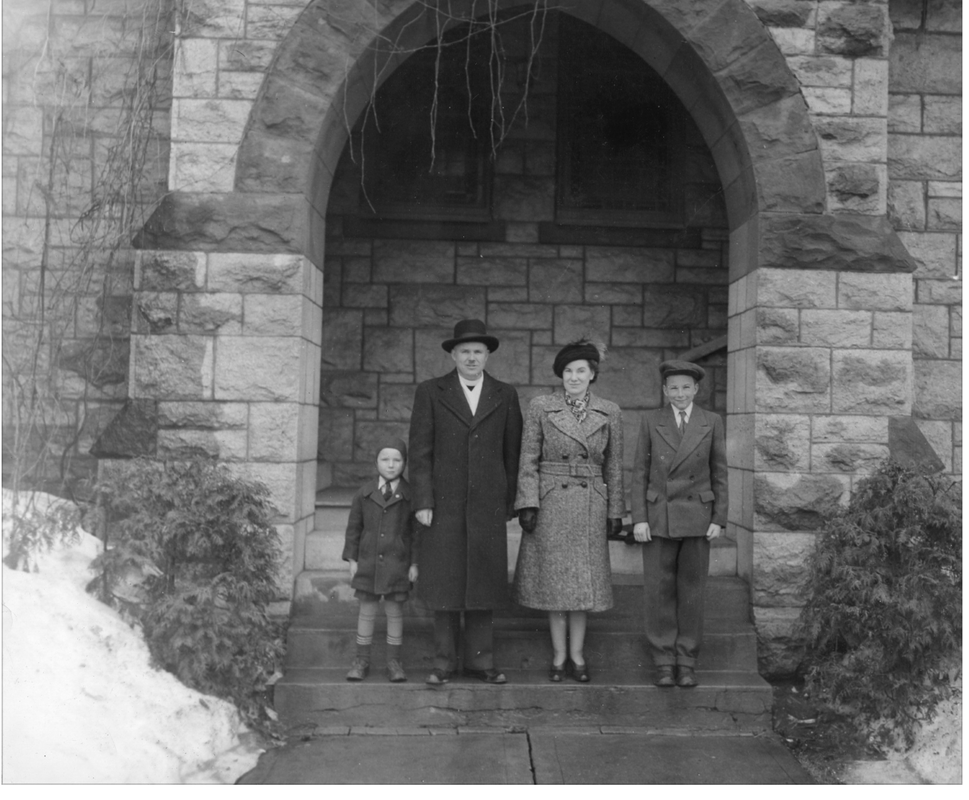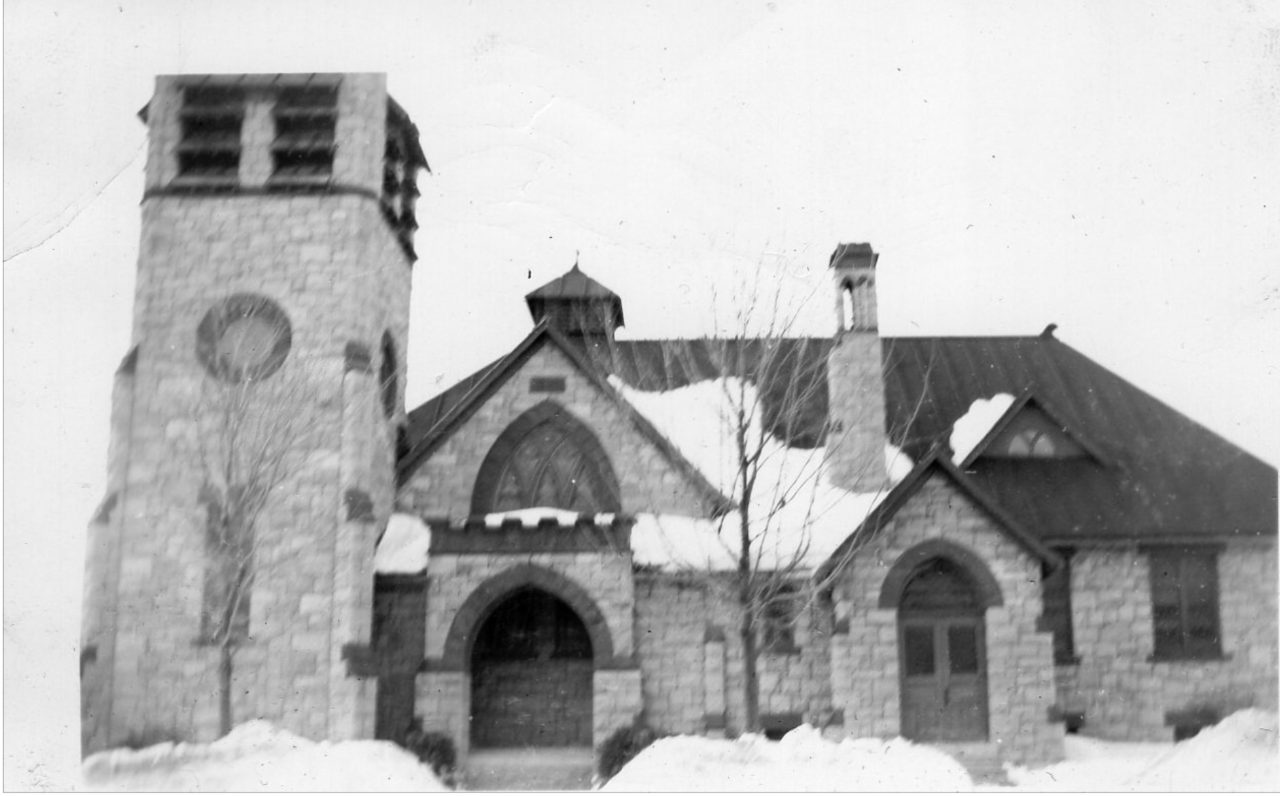It's All About Connecting and Staying in Touch
Generations since 1820 have come together in Pakenham not only for worship but for fellowship and community. Over the years St. Andrew’s has been host and sponsor of pre-school Mission Bands, Playgroups and Sunday School, Youth Groups, Explorers, CGIT, Ladies Aid Societies, Women’s Associations, Women’s Missionary Societies, the United Church Women (UCW), Study Groups, local musicians and even Soft Soles Foot Care. Decades later the people of our church and the wider community still gather to share and celebrate our faith and fellowship.
The Congregation
Early area settlers, mainly from Ireland and Scotland, first arrived in the early 1820s. At that time both Methodist and Presbyterian preachers travelled throughout the area holding services for these pioneers in their homes, school houses and even outdoors. By the 1830s a Methodist congregation had been established in Cedar Hill and a Presbyterian congregation in Ramsay. In those days everyone travelled by foot through the backwoods to attend worship in their respective faiths. A Presbyterian church was built in the village in 1838 where visiting ministers led worship. It wasn’t until 1840 when a Kirk Session (the first court of the Presbyterian Church) was formed to procure their own minister for a congregation that became known as St. Andrew’s.
Over the decades several changes in area Presbyterian and Methodist congregations helped to form St. Andrew’s into what it has become today. In 1854, following a dispute between Presbyterian Churches in Scotland, the Pakenham Presbyterians split and formed two separate congregations. It was almost 30 years before the congregations reunited. In 1925, a union between Presbyterians, Methodists and Congregationalists became what is known today as the United Church of Canada. Pakenham’s Methodists and Presbyterians, undoubtedly being visionaries of their time, had actually amalgamated 5 years earlier in 1920. And finally, the Antrim congregation joined St. Andrew’s in 1949, followed by Blakeney in 1968.
Over the decades several changes in area Presbyterian and Methodist congregations helped to form St. Andrew’s into what it has become today. In 1854, following a dispute between Presbyterian Churches in Scotland, the Pakenham Presbyterians split and formed two separate congregations. It was almost 30 years before the congregations reunited. In 1925, a union between Presbyterians, Methodists and Congregationalists became what is known today as the United Church of Canada. Pakenham’s Methodists and Presbyterians, undoubtedly being visionaries of their time, had actually amalgamated 5 years earlier in 1920. And finally, the Antrim congregation joined St. Andrew’s in 1949, followed by Blakeney in 1968.
The Ministers
Since the very beginning when Rev. Dr. Alexander Mann arrived from Scotland in 1840, St. Andrew’s has been blessed with dedicated ministers. Rev. Mann served the people of St. Andrew’s for 42 years and left a great legacy of records of baptisms and marriages from those early days. These records have been indexed by the Kingston Branch of the Ontario Genealogical Society.
By the 1890s, Dalkeith Street was the location of both the Methodist parsonage and the Presbyterian manse. After union in the 1920s the Presbyterian manse was sold and the Methodist parsonage became the home of most succeeding ministers until it too was sold in 2011. Ministers in recent memory included Rev. Harold Davies (1966-1971), Rev. Cecil Dodds (1972 - 1984), Rev. Walter Henry (1984 - 1985), Rev. Tom Lowry (1986 - 1991), Rev. Heather Kinkaid (1991 - 2008) and Rev. Debbie Roi (2008 - 2013). Rev. Camille Lipsett and Rev. Barry Goodwin served as temporary ministers while we awaited the arrival of Rev. Jeff de Jonge in the summer of 2015. When Jeff retired in 2018 the Congregation relied on pulpit supply until Rev. Sheryl McLeod, the current minister, was called in 2022.
Front Row - Left to right
Unknown, Alex Tait, James Lindsay, James Connery
Back Row - Left to right
Rev. E. S. Logie (Minister of St. Andrew's at the time of its construction), Robert Graham, Henry Blair
Photo was taken in 1897, shortly after the church was built, and donated by Mrs. Annie M. Steen, Granddaughter of Robert Graham
Unknown, Alex Tait, James Lindsay, James Connery
Back Row - Left to right
Rev. E. S. Logie (Minister of St. Andrew's at the time of its construction), Robert Graham, Henry Blair
Photo was taken in 1897, shortly after the church was built, and donated by Mrs. Annie M. Steen, Granddaughter of Robert Graham
The Building
The interior of St. Andrew's Church in 1898 showing some of the 90 electric lights which were a feature of the church.
Photo donated by Edna Ross
Photo donated by Edna Ross
The church building went up in 1897, replacing three earlier Presbyterian churches.
The building was based on the Akron Plan which was characterized by a set of wedge-shaped classrooms that radiated from the direction of a central minister's platform. Doors or movable partitions could be closed to separate the classes, or opened to allow the entire body of pupils to participate in school-wide exercises.
A clay tile roof was in the original plans in 1897 but was not installed at that time. Following almost a century of roof repairs that tile roof was finally added in 1990. Another major project over the years was the repair and re-leading of the beautiful stained glass windows. An extensive renovation 2009 resulted in the addition of two furnaces and a modern kitchen facility. In 2020 the Dining Hall was renovated, new duct work was installed and an audio visual system, complete with cameras, projector and sound board was installed.
The building was based on the Akron Plan which was characterized by a set of wedge-shaped classrooms that radiated from the direction of a central minister's platform. Doors or movable partitions could be closed to separate the classes, or opened to allow the entire body of pupils to participate in school-wide exercises.
A clay tile roof was in the original plans in 1897 but was not installed at that time. Following almost a century of roof repairs that tile roof was finally added in 1990. Another major project over the years was the repair and re-leading of the beautiful stained glass windows. An extensive renovation 2009 resulted in the addition of two furnaces and a modern kitchen facility. In 2020 the Dining Hall was renovated, new duct work was installed and an audio visual system, complete with cameras, projector and sound board was installed.
New Audio Visual System
Reminiscences of Ron Turner,
son of Rev. Harold A. Turner BA.BD. who served as
St. Andrew's minister between 1937 and 1949.
Provided in 2021
It was with great delight that I came across the St. Andrews web site and saw that it is still a thriving entity in the local community. I have not been in the Pakenham area in over thirty years, as I now live near Kingston and am 84 years old.
I would like to share some pictures and information that might be of interest.
I hope you enjoy these glimpses from the past.
Ron Turner 3143 Sydenham Rd, RR 1 Elginburg, ON K0H 1M0 (613-542-5752)
son of Rev. Harold A. Turner BA.BD. who served as
St. Andrew's minister between 1937 and 1949.
Provided in 2021
It was with great delight that I came across the St. Andrews web site and saw that it is still a thriving entity in the local community. I have not been in the Pakenham area in over thirty years, as I now live near Kingston and am 84 years old.
I would like to share some pictures and information that might be of interest.
I hope you enjoy these glimpses from the past.
Ron Turner 3143 Sydenham Rd, RR 1 Elginburg, ON K0H 1M0 (613-542-5752)
When my dad was the minister in Pakenham, it was a “three point charge”. This meant that dad was the officiating minister of three congregations: Pakenham, Cedar Hill, and Antrim. The Sunday routine involved preaching the 11am service St. Andrew’s in the morning, Cedar Hill at 2pm in the afternoon, and Antrim for the 7pm evening service. This was accomplished by dad hobbling along in his 1934 Chevy coupe, in the war-time years, and moving up to a 1937 Chevrolet sedan in 1945.
The United Church manse in the 1940’s, taken from the steeple of the Catholic Church next door. You can see all the way up to the cemetery. A large woodshed was a part of the building at that time, as wood was a key source of heat. Parishioners such as Webster Maitland brought dad wood logs which he spent hours splitting into fuel for the kitchen stove and furnace where it was augmented with coal.
In the period after the war, the choir was able to afford gowns for the first time. On the Sunday of their inauguration, dad had with great secrecy purchased a ministerial gown which he wore for the first time to the surprise of the congregation. I still remember people saying, “Oh, look at Mr. Turner!” I have enclosed pictures of dad in his gown at the pulpit. This would have been in 1949, on the eve of our departure to a new appointment in Bowmanville, Ontario. Before the advent of the gowns, dad wore a morning coat as his ministerial garb.
The Turner family just prior to their departure to Bowmanville, Ontario.
Left to right: Norris H. Turner, Rev Harold A Turner, Mrs. Arlie M. Turner (nee Norris), and Ronald (Ron) B Turner.
Left to right: Norris H. Turner, Rev Harold A Turner, Mrs. Arlie M. Turner (nee Norris), and Ronald (Ron) B Turner.
St. Andrew's in the late 1940s.

